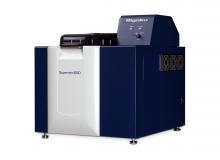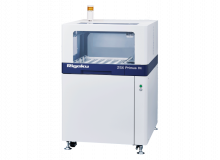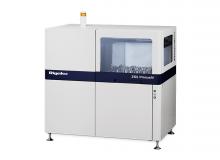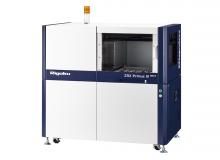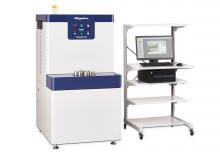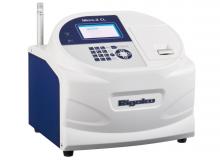Soil and sediment have a crucial role in our life as the foundation for agricultural crops and forests, and also by retaining water. When soil is polluted, it negatively imptacts the ecosystem. Consequently, our health and the living environment suffer negative effects when we consume ground water and crops from polluted soil. To keep the environment clean, it is necessary to monitor soil and sediment.
For analysis of hazardous heavy elements in soil and sediment, X-ray fluorescence (XRF) spectrometery is used because of its simple sample preparation and short analysis time
Soil and sediment contain a certain amount of organic material, which cannot be analyzed by XRF. Therefore, conventional matrix corrections, such as the theoretical alpha method, do not work effectively. In XRF analysis of soil and sediment, organic material causes significant error.
This application note demonstrates that a unique matrix correction, where the scatter ratio correction and the theoretical alpha correction are combined, can be applied to XRF analysis of heavy elements, including hazardous ones, in soil and sediment.
WDXRF Products from Rigaku
Benchtop tube below sequential WDXRF spectrometer analyzes O through U in solids, liquids and powders
High-power, tube-below, sequential WDXRF spectrometer with new ZSX Guidance expert system software
High power, tube above, sequential WDXRF spectrometer with new ZSX Guidance expert system software
Affordable, high-end, tube-above Industrial WDXRF for the analysis of solid samples
High-throughput tube-above multi-channel simultaneous WDXRF spectrometer analyzes Be through U


